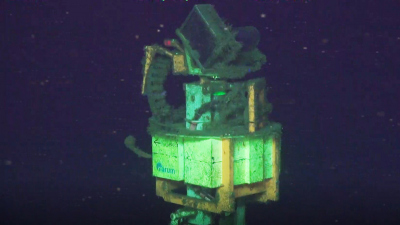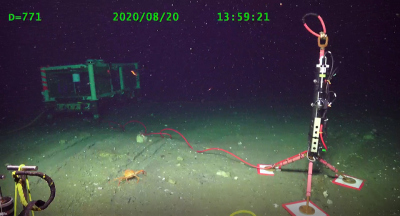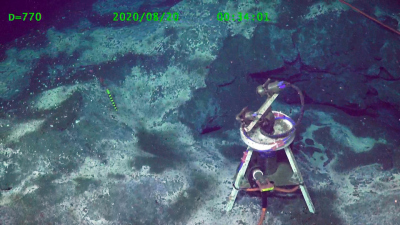Maintenance of observatory
The work is part of the M³ project for acoustic monitoring of the natural release of methane gas from the ocean floor. The project is fully funded by the German Federal Ministry of Education and Research (BMBF) and has now been extended for three more years until April 2023.
Because of the Corona situation, the team from MARUM could not participate in the cruise as every year. Instead, colleagues from the University of Washington are taking over the work at sea.
The MARUM equipment will enable researchers to monitor and quantify the natural release of methane from the seafloor in one of the most active methane seeps in the continental margin of Oregon in the North-East Pacific in real time and over several years.
The dives with the remote controlled diving robot ROV JASON can be followed live, allowing the MARUM team to supervise some of the work from Germany.
A blog and videos of the installation are being transmitted via the website of Interactive Oceans (University of Washington).





